IAS vs Army Officer: Who Earns More Money?
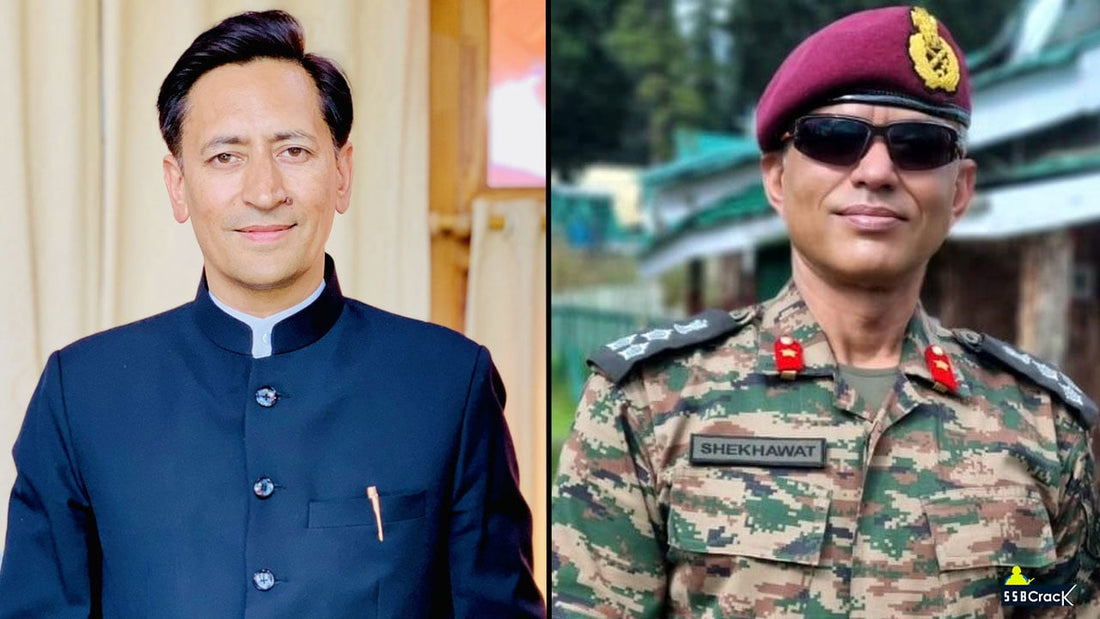
When it comes to choosing a career in India, two esteemed paths come to mind: the Indian Administrative Service (IAS) and the Indian Army. Both professions carry a sense of duty, honor, and societal impact, but they differ significantly—especially concerning financial remuneration.
This article aims to dissect the monetary aspects of these two revered careers by evaluating their salaries, allowances, and long-term benefits. By examining these factors, readers will be better informed to understand the nuances between becoming an IAS officer and an Army officer.
Also Read: IPS vs Army Officer: Who Earns More Money?
Historical Context
Understanding the value and evolution of both career paths requires a look back in history. The IAS, formed under the British Raj as part of the Indian Civil Service, embodies the pillars of governance and administration in India. Post-independence, the IAS has been critical in shaping policy-making and development in the country.
Conversely, the Indian Army has roots that date back to the British Indian Army, serving with distinction during both World Wars. It has evolved into a formidable force responsible for national security and integrity. The role of the Army also reflects a commitment to service, sacrifice, and patriotism.
Both services have adapted over time, often influenced by modernization and shifting societal needs. As India develops, so do the remuneration structures and career prospects associated with these professions.
Understanding Basic Pay
IAS Officers
The starting salary of an IAS officer in India is based on the 7th Pay Commission. The basic pay for an entry-level IAS officer is ₹56,100 per month. This amount excludes additional perks and allowances such as Dearness Allowance (DA), House Rent Allowance (HRA), and Travel Allowance (TA), which significantly increase the gross salary.
After including all allowances, the gross monthly salary for a newly appointed IAS officer typically ranges between ₹80,000 to ₹1,50,000, depending on the location and applicable allowances.
This figure represents the entry-level position, typically found in the rank of an Assistant Collector or Sub-Divisional Officer. As IAS officers progress through their careers—rising through ranks such as Deputy Secretary, Joint Secretary, and eventually achieving more senior roles like Secretary or Chief Secretary—their remuneration rises dramatically. Senior IAS officers can earn over ₹2,00,000 per month, depending on the position and experience, along with significant power and responsibilities in governance.
Army Officers
The starting salary of an Indian Army officer, specifically at the rank of Lieutenant, is ₹56,100 per month as per the 7th Pay Commission. This basic pay is supplemented by various allowances such as Military Service Pay, Dearness Allowance, and others, which significantly enhance the overall compensation package.
For newly commissioned officers, the in-hand salary typically ranges between ₹50,000 and ₹65,000 per month after deductions and allowances are accounted for.
The entry-level rank of a Lieutenant reflects this pay scale. However, as officers gain experience and ascend through the ranks—achieving titles such as Captain, Major, and even General—their earnings can rise significantly, with reports suggesting that a Major General or General can command salaries up to ₹2,50,000 per month.
SSB Interview Books Power Pack: 4 Must Read Books for Defence Aspirants
Rs. 1,760.00
Sale price
Rs. 1,399.00
Let's Crack SSB Interview Book [Paperback]
Rs. 390.00
Sale price
Rs. 360.00
Breaking The Code of SSB Psychological Tests Book - SSB Interview (TAT/WAT/SRT/SD)
Rs. 390.00
Sale price
Rs. 360.00
OIR Test & PPDT Book - SSB Interview Screening Test - Stage 1 Testing
Rs. 490.00
Sale price
Rs. 375.00
Allowances and Benefits
Compensation extends beyond base salary. Allowances and benefits for both IAS and Army officers play critical roles in their overall remuneration packages.
IAS Officers' Allowances
- Dearness Allowance (DA): It offsets inflation, which is adjusted twice a year.
- House Rent Allowance (HRA): Depending on the city of posting, it can be substantial.
- Travel Allowance (TA): Covers travel expenses for official duties.
- Medical Allowance: Includes family health coverage.
- Housing: IAS officers typically receive accommodation in government quarters or allowances to rent housing, further supplementing their income.
- Official Vehicles: IAS officers often have access to government-provided vehicles, reducing their personal expenditure on transport.
Army Officers' Allowances
- Military Service Pay (MSP): This is a unique allowance essential to the military cadre, providing a considerable boost to their monthly earnings.
- Free Rations: Officers do not bear the costs of food, which is provided by the Army.
- Travel Allowances: Based on rank and post, officers benefit from travel allowances.
- Comprehensive health benefits: Servicemen and their families receive free medical care at military hospitals.
The cumulative effect of these allowances ensures that Army officers generally have a higher total compensation package than their IAS counterparts, especially at the entry level.
SSB Interview Study Material 2025 [ Pack of 17 eBooks ]
Rs. 1,313.00
Sale price
Rs. 499.00
Thematic Apperception Test (TAT) Part 1 eBook [100+ Stories]
Rs. 150.00
Sale price
Rs. 139.00
SSB Lecturette Topics Part-1 eBook [100 Topics]
Rs. 149.00
Sale price
Rs. 125.00
OIR Test eBook with 20 Practice Sets - [1000+ Questions Included]
Rs. 250.00
Sale price
Rs. 199.00
Comparative Analysis
Initial Pay Difference
At the start of their careers, Army officers may receive higher starting salaries compared to IAS officers. Taking into account the Military Service Pay and additional allowances, post-2004 recruits are estimated to have a pay differential of about 43% in favor of Army officers when including contributions to retirement and pensions. This initial financial advantage has implications for young aspirants deciding between the two paths.
Rank Equivalencies
Both IAS and Army ranks have corresponding pay scales; however, the overall financial benefits often tip the scales in favor of Army officers at various levels. For instance, the pay of a General approaches or exceeds that of a Cabinet Secretary, the highest executive role in the IAS, primarily due to allowances.
Long-term Compensation
While IAS officers may experience a more stable pay increase over their careers, the compounding effects of additional Army allowances can strengthen the overall financial position of Army personnel, particularly in the first few decades of service. By the time they reach retirement, disparities can narrow, but it is common for an Army officer to have accumulated a more advantageous financial position due to these additional compensatory structures.
Key Figures
To further illuminate the financial landscape, here are key figures to consider:
-
Starting Salary
- IAS Officer: ₹56,000 per month
- Army Officer: ₹56,000 - ₹57,000 per month
-
Maximum Salary
- IAS Officer: Over ₹2,00,000 per month
- Army Officer: Up to ₹2,50,000 per month
-
Allowances
- IAS Officer: DA, HRA, TA, Medical Allowance, and official housing
- Army Officer: MSP, free rations, travel allowances, free electricity
-
Total Salary (approximate)
- IAS Officer: ₹70,000 to ₹3,00,000 per month
- Army Officer: ₹75,000 to ₹80,000 per month at the initial stages, but can be significantly higher with allowances.
Case Studies and Real-World Applications
Consider two individuals, one choosing to pursue an IAS career and the other joining the Indian Army. Both start with a similar remuneration package, but their experiences diverge significantly as careers unfold.
-
The IAS Journey:
An IAS officer might initially work as an Assistant Collector and progress through administrative roles, developing policies impacting millions. Their overall career arc may feature promotions tied to bureaucratic evaluations—a system that can be both rewarding and bureaucratically complex.
-
The Army Experience:
An Army officer, moving through ranks from Lieutenant to Major and beyond, might lead troops in challenging terrains, gaining valuable leadership experience. Their careers often involve posting to various locations across the nation, offering unique perspectives and operational experiences.
These career trajectories not only showcase different remuneration structures but also embody contrasting life experiences and contributions to society.
Indian Military Academy IMA Coffee Mug
Rs. 699.00
Sale price
Rs. 499.00
NDA Service Before Self Coffee Mug
Rs. 699.00
Sale price
Rs. 499.00
Officers Training Academy OTA Chennai Coffee Mug
Rs. 699.00
Sale price
Rs. 499.00
Indian Naval Academy INA Ezhimala Coffee Mug
Rs. 699.00
Sale price
Rs. 499.00
Statistical Data and Research Insights
Multiple studies and analyses on career satisfaction and remuneration indicate both IAS and Army officers enjoy respect and prestige; however, their pay structures and benefits vary undeniably. An analysis of the 7th Pay Commission's recommendations illustrates pay scale adjustments, with defence services typically advocating for higher compensation due to the nature of their work.
Challenges and Solutions
The decision between pursuing an IAS or Army officer career comes with its challenges:
- Job Security: IAS officers enjoy job security within the bureaucratic system, while Army personnel face uncertainty due to postings and the potential nature of conflict.
- Work-Life Balance: Both professions are demanding; however, family life may be impacted more significantly in the Army due to field postings and active duty.
Potential solutions include:
- Enhanced welfare programs for Army families, which could help bridge work-life conflicts.
- Improved administrative processes in the IAS to ensure timely promotions and performance evaluations.
Future Trends and Predictions
As India evolves, so do the roles and remunerations of both IAS and Army personnel. With digital governance and smart defence becoming focal points, the skills required in both fields will advance. Predictions suggest that the financial competitiveness will continue to be a driving factor for new recruits in both sectors.
Also Read: Army Officer vs IAS Officer: Which is Best For You?
Conclusion
While both IAS and Army officer careers present formidable opportunities for service and personal growth, their financial remuneration strategies differ markedly. Initial higher earnings with added allowances make Army officers financially more advantageous in their early years. However, the IAS offers potential long-term stability and growth correlated with seniority within the bureaucracy.
Ultimately, the choice between these paths should be guided by personal aspirations, values, and desired contributions to the nation. Whether through governance or defence, both careers allow individuals to carve significant impacts, ensuring a robust future for India and its citizens alike.
For aspiring candidates looking to make informed decisions regarding their careers in IAS or the Indian Army, it is recommended that they explore resources, coaching materials, and courses that provide insights on preparation through platforms like SSBCrack and SSBCrackExams. This will empower them with the necessary knowledge and skills to embark on either of these prestigious career paths.


![Let's Crack SSB Interview Book [Paperback]](http://shop.ssbcrack.com/cdn/shop/files/ssb-books.webp?v=1736351621&width=533)







![Thematic Apperception Test (TAT) Part 1 eBook [100+ Stories]](http://shop.ssbcrack.com/cdn/shop/files/TAT-ebook-part-1-ssbcrack_051ae49c-43ea-4eb4-95c7-0fa0bfa2a639.jpg?v=1735540406&width=533)





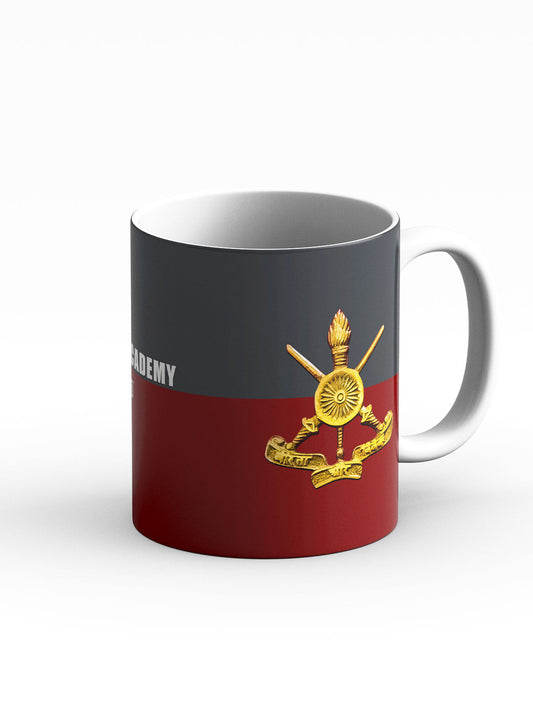
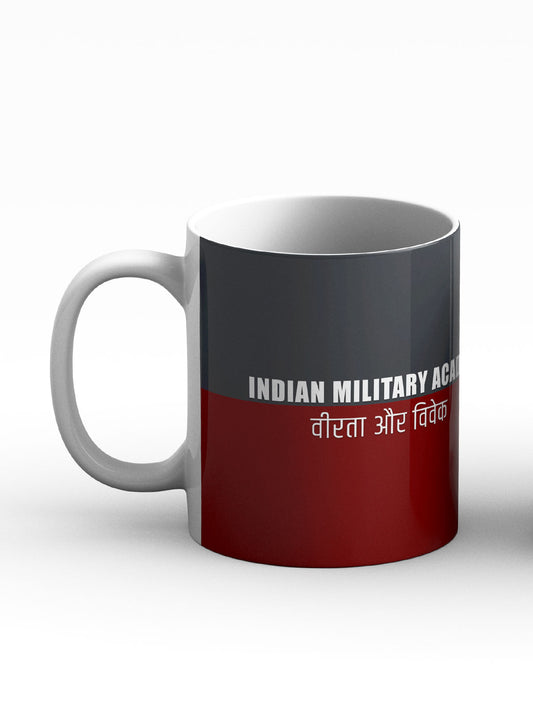
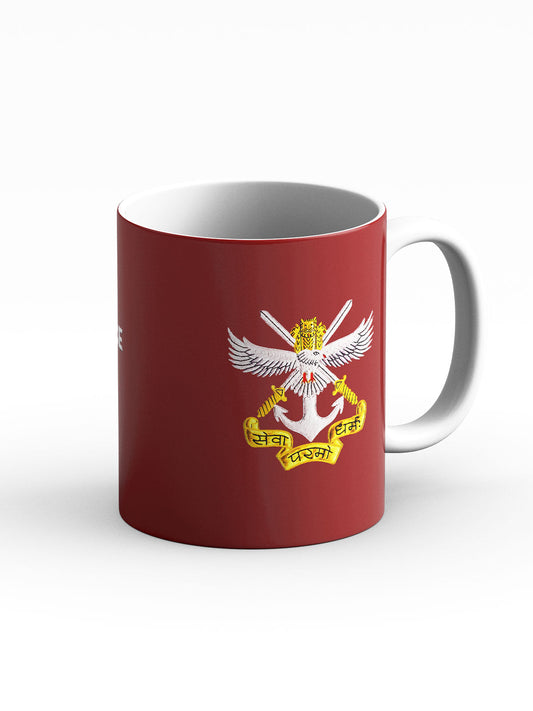
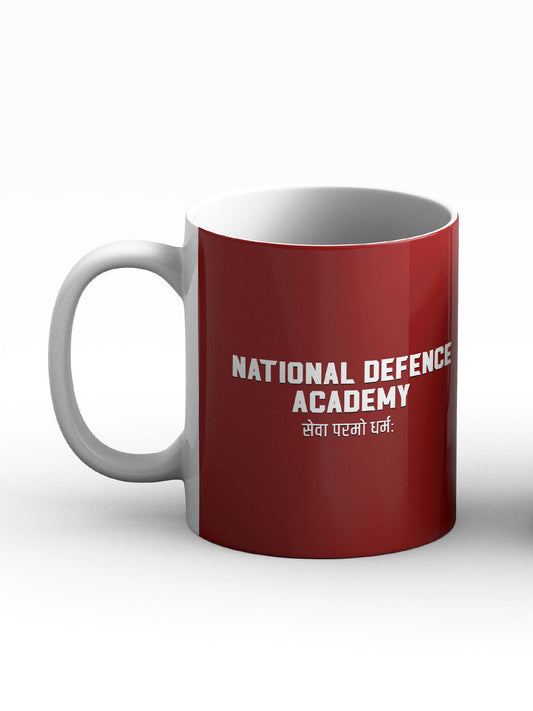
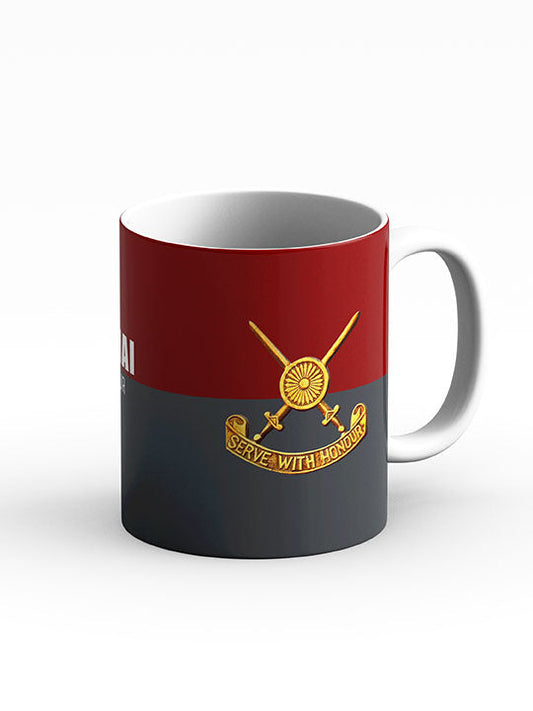
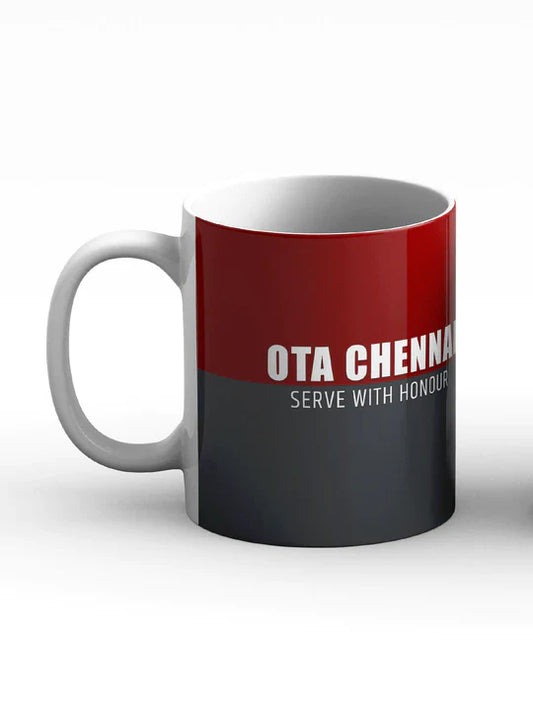





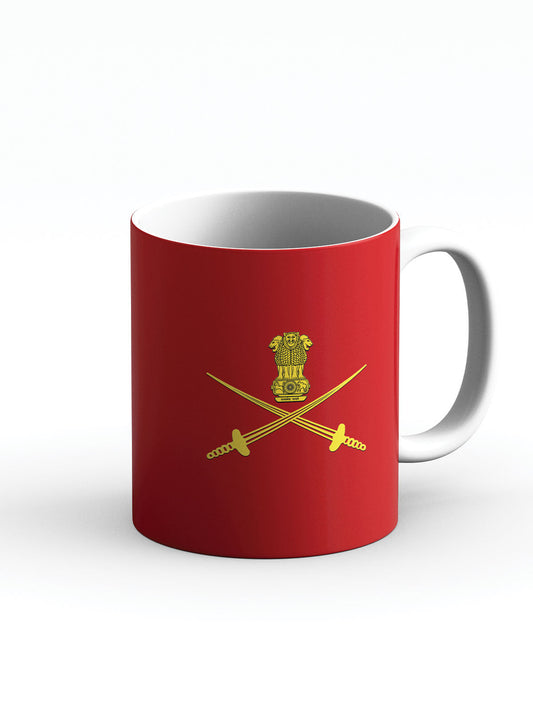


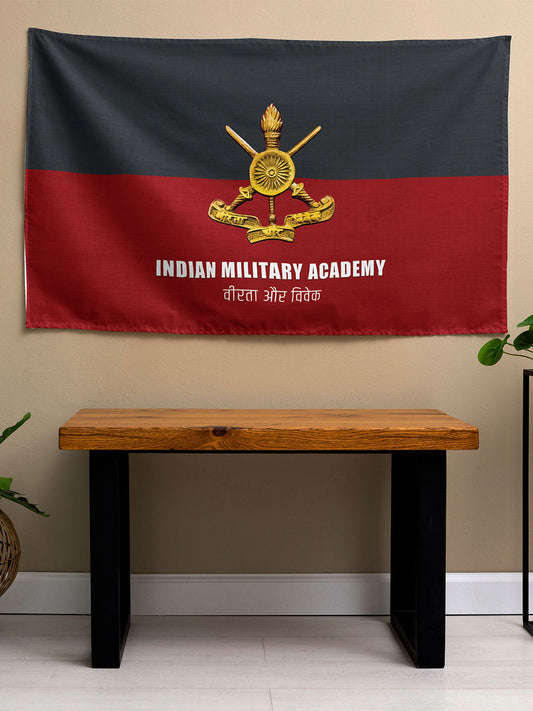

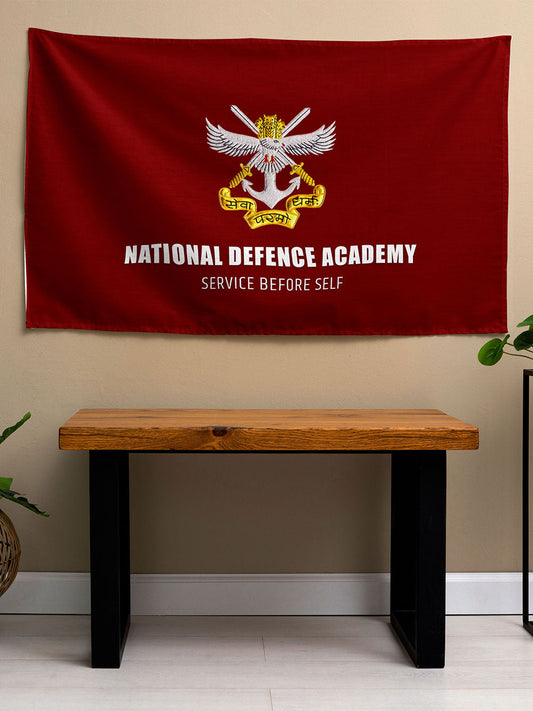
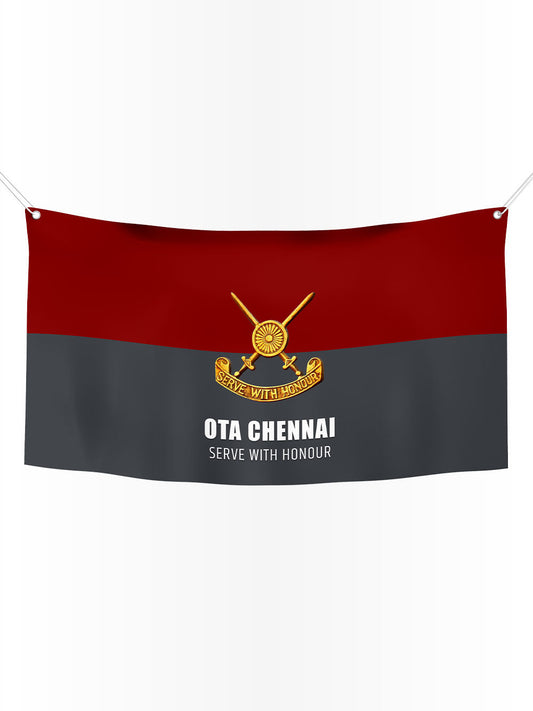
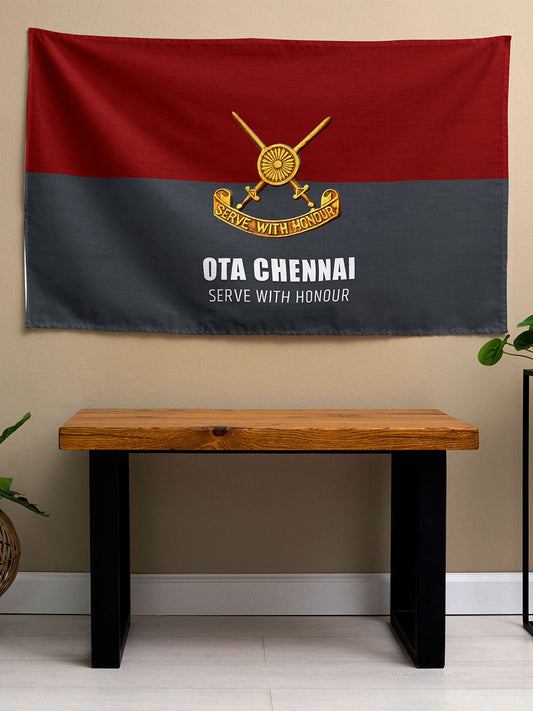



9 comments
No free electricity..water..ration..as for ration some monthly deductions are done.For maintenence of cantonment area viz. Auditorium and other functions compulsory deductions are done even if u dont go to movie or functions..choice of imported liquor is vanished in CSD canteen..u have go to market to have liquor of imported brand..no official vehicle below Colonels rank is available..can’t take vehicle of your choice through CSD..as caping of cost has been done..so if u have to take vehicle of your choice..u have to purchse it from market.Even parents who have some source of income can not be have the facilities of healthcare..as they are deemed as non depended.Parents who work hard for their children to become Army Officer..are deprived of the basic Healthcare. So some facilities may be extended for parents.
Comparisons are odd.
The Indian Administrative Service officers rule the roost.
Intake per year is just 80 to 100.
The army’s has several types of entries including short, special list ,regular etc.
For aregular permanent officer can aspire to be a General.However, the pyramidal hierarchy weeds out most at the level of Colonel ( Time Scale).
But the compensation is reasonable.
I was a selection grade Lieutenant Colonel and commanded two units.I was overlooked for promotion to the rank of Colonel.But on completion of 26 years of service I became a time scale Colonel.
I get a monthly pension of 1.75 lac which is very fair.
Don’t compare with others.Look at those who are not so fortunate as you are.
.
.
Indian Army has the toughest job in the country, not for everyone. IAS enjoys more power and money. It depends on the individual where they want to go and see themselves. If someone wants to earn more money and power at the early stage, IAS is the way to go.
IAS is a lucrative, enjoyable and are ruling the nation even rulers of politicians job for reserved categories like sc, st and OBCs without threat to life and more earnings through financial powers where as Army life is tough with life threats in front of enemies. Always ensures physically fit, tough decisions without financial powers due to this why reserved class, political leaders do not prefer this job for their wards. IAS can be a physically unfit even blind person but not in armed forces. Armed forces have tough selection process for promotion whereas IAS, IPS everyone can become DG with the mercy of politicians.
IAS is a lucrative, enjoyable and are ruling the nation even rulers of politicians job for reserved categories like sc, st and OBCs without threat to life and more earnings through financial powers where as Army life is tough with life threats in front of enemies. Always ensures physically fit, tough decisions without financial powers due to this why reserved class, political leaders do not prefer this job for their wards. IAS can be a physically unfit even blind person but not in armed forces. Armed forces have tough selection process for promotion whereas IAS, IPS everyone can become DG with the mercy of politicians.